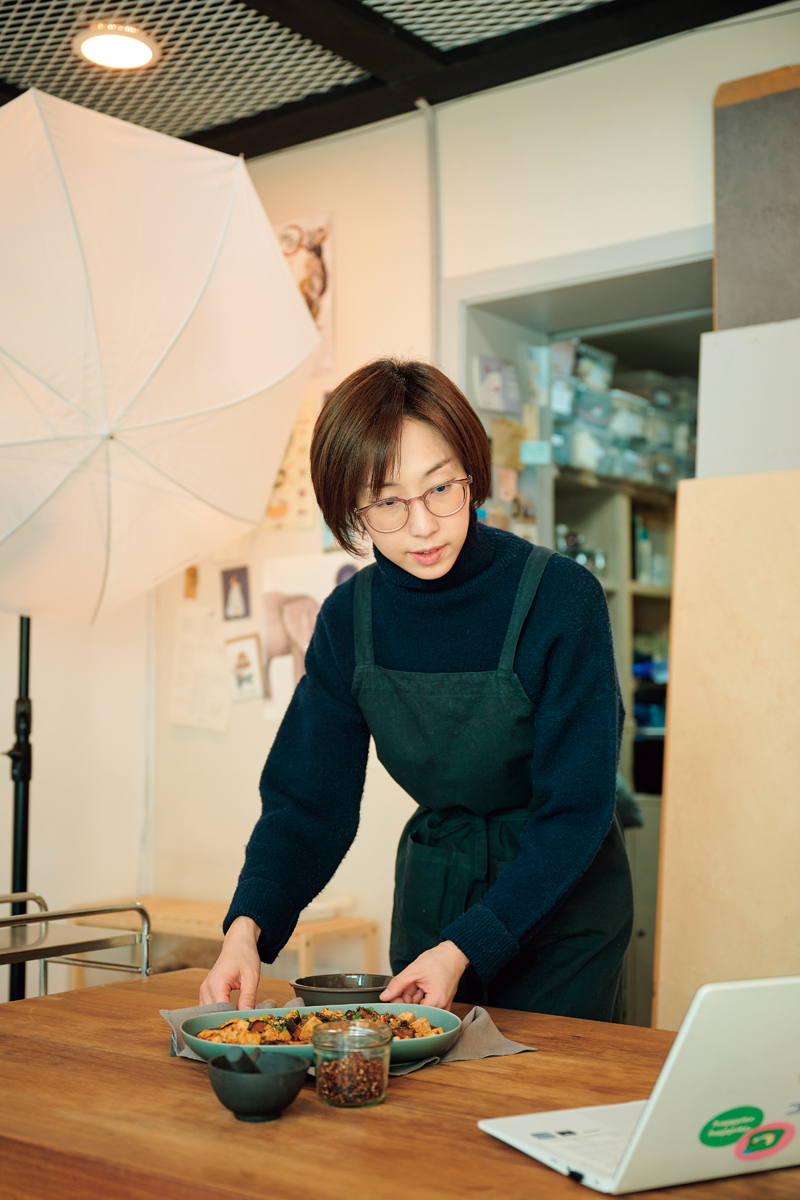Features
-

Features 2024 SUMMER
Breathing Room for Seoulites Seoul Forest is a relaxing oasis in Seongsu-dong. Sprawling across an expansive 1.15 million square meter site, Korea’s first park designed with direct public input reflects the area’s ecological and geographical characteristics through four thematic zones. Seoul Forest occupies a triangular area at the confluence of the Han River and one of its tributaries. With well-preserved ecosystems and cultural facilities, this green space is highly regarded as a tranquil urban oasis. ⓒ The Seoul Institute#Seongsu-dong
-

Features 2024 SUMMER
Pioneering Novel Spaces When the pioneers of Seongsu-dong's transformation are discussed, the name Kim Jae-won always comes up first. The director of brand strategy firm Atelier Écriture opened its first cultural space in the area ten years ago. Since then she has followed up with an eclectic series of popular spaces. Café Zagmachi was recognized for preserving the character of the print shop that formerly occupied the old building. The café had a strong identity as a site for lectures, exhibitions, pop-ups, and other events, which was rare at the time. Courtesy of Atelier Écriture#Seoungsu-dong
-

Features 2024 SUMMER
Korea’s Social Venture Valley Since the mid-2010s, institutions and organizations involved with social innovation have flocked to Seongsu-dong, laying the groundwork for what has become known as Korea’s “Social Venture Valley.” HEYGROUND. Courtesy of Root Impact#Seoungsu-dong
-

Features 2024 SUMMER
The Pop-Up Hub While COVID-19 had myriad repercussions for brick-and-mortar stores, the pop-up craze helped one of Seoul’s neighborhoods to take off. In Seongsu-dong, diverse pop-ups are held year-round and have become an integral part of the area’s identity. One of the most talked about pop-up stores of 2023, Seongsu Rose featured the first collection by Burberry’s creative director Daniel Lee. ⓒ Burberry Korea#Seoungsu-dong
-

Features 2024 SUMMER
Craft Shoe Center Reboots Seongsu-dong, once the largest hub for handmade shoe manufacturing in Korea, is being revitalized, thanks to government initiatives and young entrepreneurs taking over their family’s businesses and injecting fresh sensibilities. Reminders of Seongsu-dong’s history as the epicenter of Korea’s handmade shoe industry are scattered throughout Seongsu subway station. ⓒ Choi Tae-won#Seongsu-dong
-

Features 2024 SUMMER
Red Bricks Link Past and Present Seongsu-dong is an urban regeneration success story. At its core is the red brick architecture that embodies the neighborhood’s heritage, with many of the factories and houses from its heyday as a light industry hub remaining intact. Preserving them has lent a distinctive aesthetic to the landscape. Design craft duo Fabrikr (Kim Dong-gyu and Kim Seong-jo) express context and material properties in their own formative language. For Cafe Onion Seongsu, they seamlessly blended the building with its surroundings by preserving its timeworn appearance. ⓒ Heo Dong-wuk#Seongsu-dong
 KOREA FOUNDATION
KOREA FOUNDATION


































